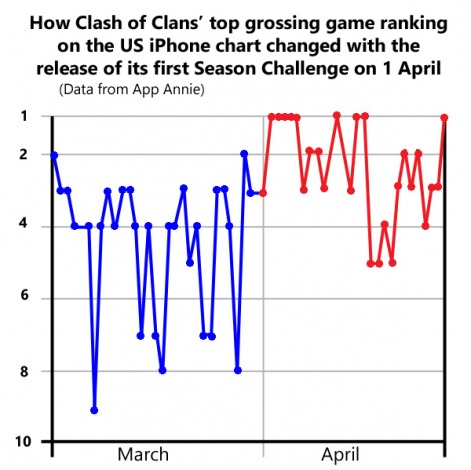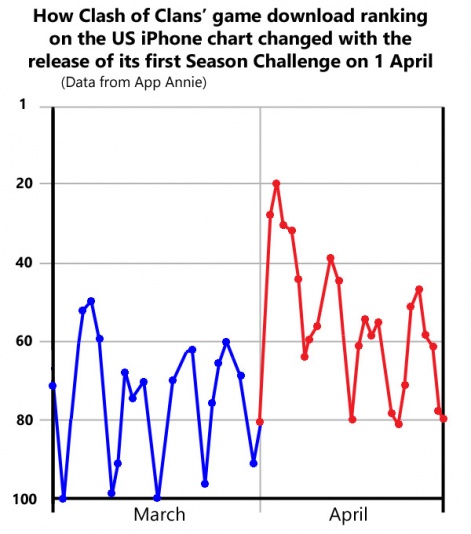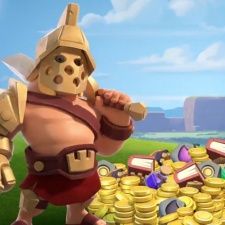Given the incredible success of Fortnite’s time-limited, activity-driven Battle Pass monetisation - $3 billion and counting - it’s no surprise most games developers are investigating how to implement something similar.
Of course, the gulf between creating such a mechanic and generating substantial amounts of revenue is large.
For one thing, it’s a less efficient way of monetising an audience because the maximum amount any individual player can spend is effectively capped by the price of the Battle Pass itself (in this case around $10), plus any additional tier purchases (somewhat less than $10).
In contrast, a pure free-to-play monetisation model allows players to spend as much as they want/can, assuming the ability to spend hundreds or thousands of dollars a month is supported in terms of a game’s economic design.
Money spent in such games also directly speed up progress, whereas in skill-based games such as Fortnite, the focus has to be on cosmetic items, which are a harder selling point.
The point of the Season Challenge is not to increase per player monetisation by $5 but to improve overall engagement.
In this way, well-designed F2P games can generate a lot of cash from a relatively small number of committed players, whereas the Battle Pass approach requires a very large user base. Famously Fortnite has over 250 million registrations.
So how about combining the two?
That’s what Supercell has done in Clash of Clash. Or has it?
Relight my fire
Already one of top grossing mobile games ever, with lifetime revenues of over $6 billion since its 2012 release, the introduction of what Supercell calls Season Challenges to its popular mobile strategy game has already had a remarkable impact.
As the graph below shows, in the key US market, the launch of the first Season Challenge on April 1st immediately boosted Clash of Clans to the number one spot on the iPhone games chart for five days straight.

Throughout April, its position has rarely fallen below third position, whereas in March, the game only ranked third or higher for 11 days and never hit the top spot.
That’s pretty good going for a monetisation option that charges players a mere $5.
But that’s not really how Clash of Clans’ Season Challenge monetises.
Deeper magic
Given Clash of Clans already has a mass audience and a highly sophisticated in-game economy, the point of the Season Challenge is not to increase per player monetisation by $5.
Instead, the goal is be to improve the overall engagement, retention and monetisation of existing players, reduce audience churn, and perhaps even re-engage some of the millions of players who have stopped playing.
I suspect I’m not the only one who has re-downloaded and logged back into a long-forgotten base and attempted to remind themselves what it’s all about, something a quick look at the impact of the first Season Challenge on Clash of Clans’ download chart ranking confirms.

Indeed, for most players the 24 challenges offered by the free Silver Tier of the Season Challenge provide more than enough opportunities in terms of collecting the new challenge points currency, which is required to unlock more in-game resources and activity boosts.
Sure, the $5 Gold Pass does allow very active players to generate additional boosts and resources, but its only unique selling point is a new skin for the game’s Gladiator King unit. That’s not a big enough attraction for players nor $5 a large enough amount of cash to boost Clash of Clans back up the charts.
The cause is no matter whether they’re playing the Silver or Gold tier, this first Season Challenge has encouraged a lot of Clash of Clan players to increase their spending by much more than $5.
What will be fascinating to see, therefore, is for how many months Supercell can continue to leverage a regular event which at first looks like a direct monetisation option, but which is actually a general engagement mechanic - combined with a bonus marketing boost - to drive sustained higher revenues?
Given the company’s experience at running such games since mid-2012, the answer is as likely to be numerated in years than months.
Clash of Clans, the first mobile game to generate $10 billion in lifetime revenue? If so, you read it here first.
You can check out mobile's various billion-dollar hits right here.
Learn more about mobile game monetisation from the experts on the Monetizer track at Pocket Gamer Connects Seattle, which takes place on May 13th and 14th.





















